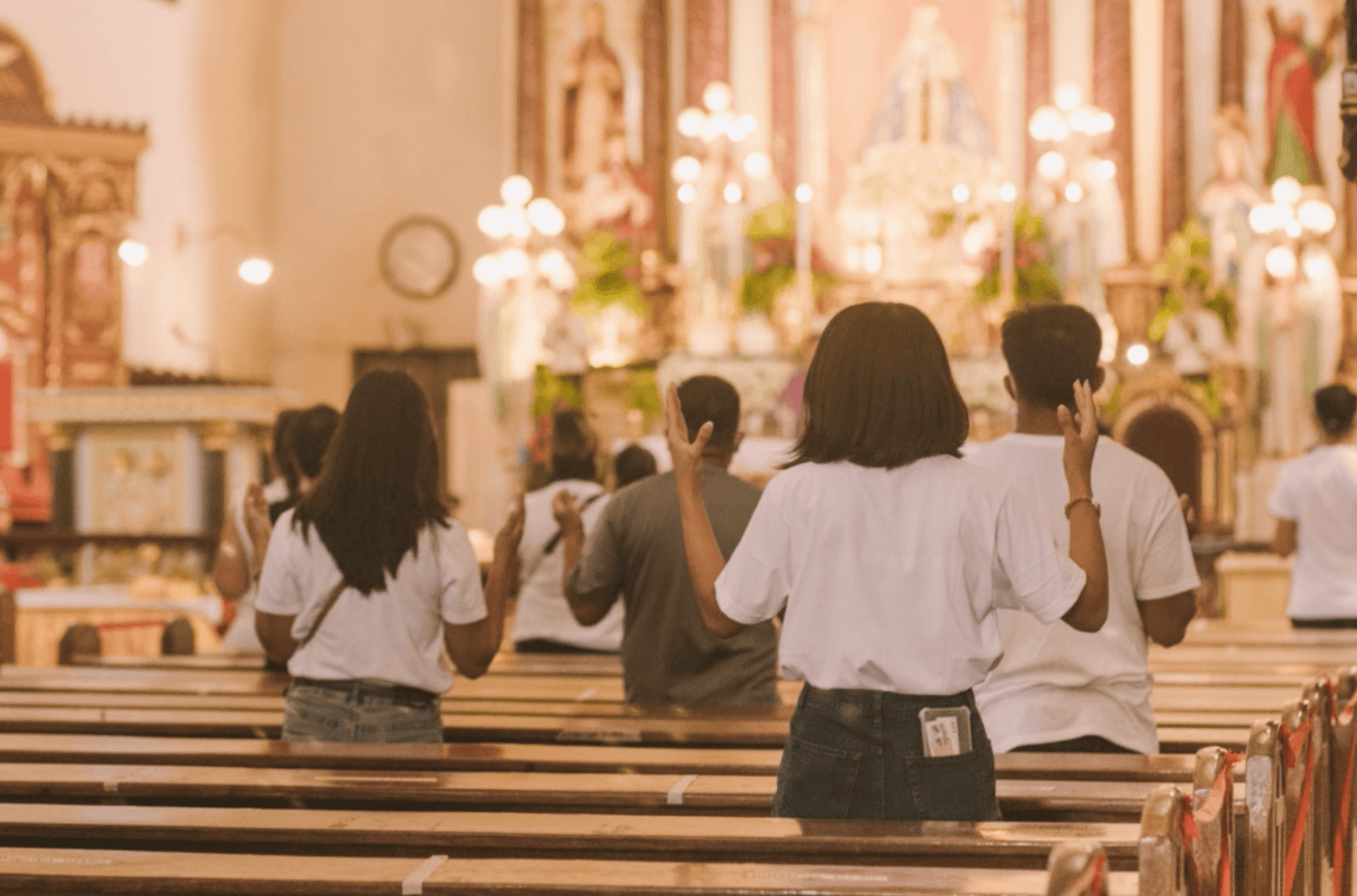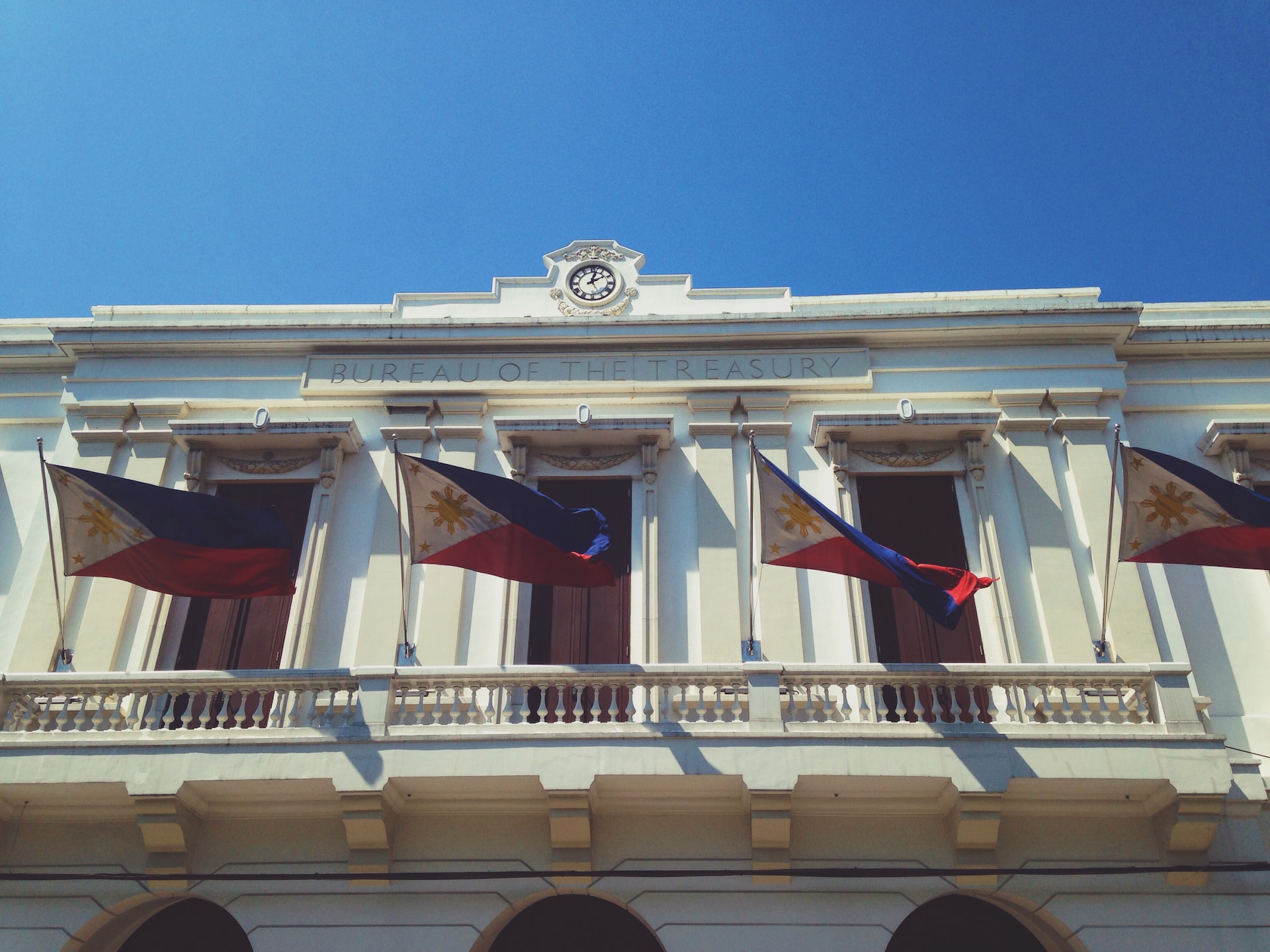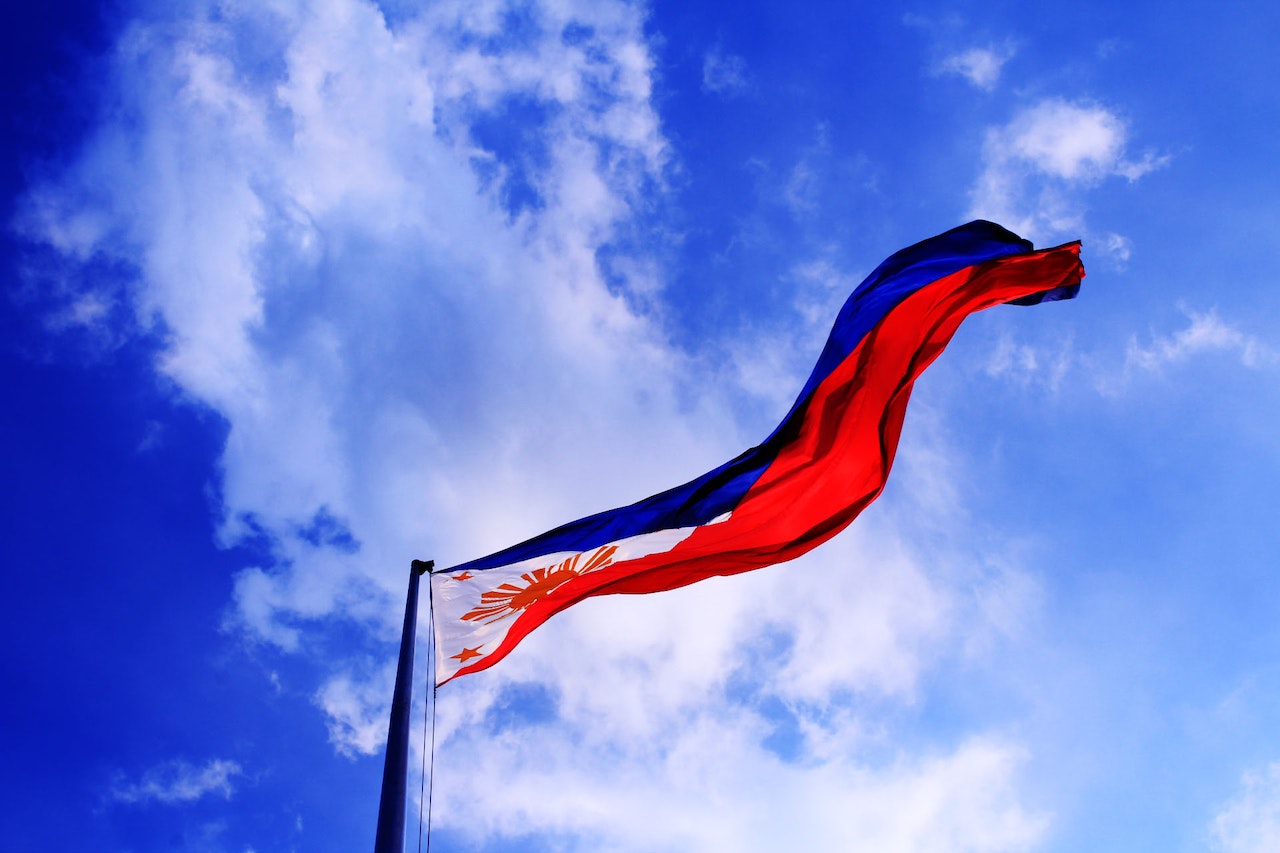It’s a pretty universal rule that employees who take vacations outperform those who don’t. 51% of employees experience work-related stressors weekly – and that’s not even accounting for the global pandemic affecting us all.
While the differences in our work cultures are clear, the risk of burnout is the same among Filipino staff. Being flexible with how your remote employees take leaves is a great start to building a thriving, sustainable business.
While you aren’t required to follow Filipino holidays, there are plenty of benefits to knowing them. In this article, we’ll tell you everything you need to know about holidays in the Philippines, so you can plan your leave policies accordingly.
Types of holidays in the Philippines
The Philippines group their holidays into three categories:
- Regular holidays
- Special working holidays
- Special non-working holidays
Don't worry; they’re easy to get a hang of. The main difference? Pay rules.
Regular holiday
From the word itself, regular holidays in the Philippines typically have a fixed date. Holidays like Christmas Day and New Year’s Day are the same in the US, so you don’t need to think too hard about it.
There are a few fun additions though; the Philippines have special religious and historical holidays that we'll tackle in a bit.
Much like US regular holidays, your employees are entitled to their minimum wage rate. That means that even if they didn’t report to work, they’ll get 100% of their day’s salary.
Likewise, if Filipinos do come to work on a regular holiday, the law mandates that they’re entitled to 200% of their regular salary.

Special non-working holidays
The Philippines is a melting pot of different cultures. So it makes total sense to have several other holidays commemorating religions and events outside the major population.
Under special non-working holidays are events like:
- Chinese New Year
- Election Day —
- — and even the People Power Revolution Anniversary.
The thing to remember is that these holidays all fall under the country’s “no work, no pay” policy. Most Filipinos will request leaves here fully knowing they won’t get paid for an absence. Typically, they’ll spend these resting at home, catching up with chores, or taking a breather from work.
Should they come to work, however, the catch is that they should be paid their regular salary on top of 30% of their daily wage.

Special working holidays
There are only three special working holidays in the Philippines:
- All Souls’ Day (November 2)
- Christmas Eve (December 24) —
- — and New Year’s Eve (December 31).
As you can probably tell, these are not-so-ordinary work days because they fall on or before important religious occasions. Most offices are closed, but some remain open to finish up some loose ends before finally closing shop.
Special working holidays are considered ordinary work days; should Filipinos decide to work, they’re entitled only to their basic rate.
Major Filipino holidays and what to expect

Now that you know the difference between these holidays, let’s take a look at how your Filipino staff celebrates them.
Here’s the low-down on some major Filipino holidays and what you can expect during these holidays:
Christmas Eve, Christmas Day (December 24, December 25)
You heard it right – Filipinos take their Christmas holidays very seriously. It’s common to see houses and streets decked in festive decorations as early as September. It’s no surprise, with the major population of the country being Roman Catholics.
One major tradition is the widely observed Simbang Gabi or Misa de Gallo. Filipinos flock together to attend a series of early masses on December 16 at 4 AM, culminating in one final midnight mass on Christmas Eve. Elaborate meals, gifts, and best attires are prepped. The season is a celebration of family, faith, and gratitude.
Offices start closing shop on Christmas Eve or even earlier in the week, so people can start traveling home to meet extended family.
This migration can take days to prepare for, especially if they’re returning to their provinces or flying out of the country. Expect your staff to be on-the-go and off their computers. If you’ve prepared properly though, you shouldn’t have anything to worry about!
Pro tip
After all the festivities, it's common for Filipinos to schedule a rest period between Christmas and New Year. Our recommendation is to ask your staff in advance if they will also be on leave after Christmas Day, so you can plan ahead.
Holy Week

Another important religious holiday, Holy Week — or Semana Santa by the locals — celebrates the passion of Christ. It consists of:
- Palm Sunday
- Holy Monday
- Holy Tuesday
- Holy Wednesday
- Maundy Thursday
- Good Friday
- Black Saturday —
- — and Easter Sunday.
It’s typical for devout Filipinos to spend these days in prayer, reflection, and fasting. They also travel to watch stage plays that commemorate the life and sacrifice of Jesus Christ, even so far as traveling to the province of Pampanga, famous for their literal re-enactment of Christ’s self-flagellation (which many flock to observe as a communal activity.)
Most recently, Holy Week has become synonymous with rest from the daily grind. Even non-practicing Catholics (or non-Catholics in general) plan their week-long holidays ahead, if not to engage in the religious activities but to unwind and reset.
Thursday to Friday is a regular holiday, but it’s customary for Filipinos to pile their leaves at the start of the week. Offices typically start working on limited capacity by Monday, then completely close shop by Thursday.
If a whole week without your employee sounds challenging, we recommend you at least consider letting them take time off by Maundy Thursday. That long weekend will do them wonders, and they'll come back sharp and ready to get back to work.
Labor Day (May 1)
Labor Day in the Philippines – or Araw ng mga Mangagawa – happens on May 1 and has had a long, rich history ever since it was introduced in 1903. It’s a good idea to be aware that it’s a day associated with labor marches and protests across the country. Unsurprising, as the Philippines continues to rank high in the global list of countries with the lowest salaries in the world. In the most recent survey, the country ranked 95 out of 106 countries.
With the pandemic, most Filipinos spend this regular holiday at home, or in small gatherings with friends and family.
Cultural holidays
Chinese Lunar New Year
While Chinese-Filipinos or Tsinoys aren’t the biggest community in the Philippines, they sure make up a lot.
The chairman of the Committee of Education, Arts, and Culture Senator Angara said that 1.35 million people in the Philippines were of pure Chinese descent, while 22.8 million were Filipinos of Chinese descent. Ever since President Aquino introduced the regular holiday in 2015, Chinese New Year has been widely observed by Filipinos nationwide.
Much like New Year, this holiday is marked by family gatherings, food, and other festivities. The mood is celebratory, with plenty of pomp, elaborate fireworks, and parades. Loved ones come together to wish for peace and prosperity for the years to come.
Like any other regular holiday, most schools and offices are closed on CNY. Take note that this date changes every year. Since it's based on the lunar calendar, check in a few months before the next one to be prepared.

Eid al-Fitr (End of Ramadan)
With 6 million Muslims living as Philippine citizens, it’s no surprise to see this day celebrated as a national holiday. Also known as Hari Raya Puasa, Eid al-Fitr marks the end of the month-long mandatory fasting during Ramadan.
It’s also known as “The Sweet Eid” for all the sweet foods served in the feast, typically the first thing Muslims eat to break their fast. Muslim Filipinos spend Hari Raya joyfully as a time of celebration, merriment, and triumph.
It’s tradition for Muslims to return to their hometowns on this day. They attend feasts and celebrations in the mosque (though some festivities may not be pushing through due to Covid precautions). Regardless, it’s good keeping in mind that there is no fixed day, as the Islamic calendar depends on the lunar cycles, which shift every year.
Eid al-Adha (The Feast of Sacrifice)
Also known as the “Grand Eid” or Al Eid Al Kabeer, this day is another crucial feast in the Muslim calendar. It lasts for four days. Muslim Filipinos everywhere commemorate Prophet Abraham’s honorable expression of sacrifice.
Much like the other Islamic holiday, Eid al-Adha is marked by family gatherings, feasting, and merry-making. If your staff is Muslim, go wish them a happy Eid, or Eid Mubarak!
All Saints Day (November 1) and All Souls Day (November 2)
Also known as Undas or Kalag-kalag in other parts of the country, Filipinos spend November 1 honoring all the saints not formally given their own feast day. It’s followed immediately by All Souls’ Day on November 2, a day meant to remember loved ones who have passed.
Typically, Filipinos celebrate this back-to-back holiday through:
- Special masses
- Family reunions and gatherings in the cemetery, sometimes camping for long hours or even overnight
- Cleaning and maintaining the graves of loved ones, leaving flowers and food on altars
- Restful vacations
Take note while Saints’ Day is a special non-working holiday, All Souls’ is a special working holiday. Like in many Asian countries, Filipinos pay high respect to their passed relatives. Offices and schools nationwide close down as Filipinos spend the day migrating to the churches and cemeteries, usually away from the city.
National holidays

Independence Day (June 12)
Every June 12, the country celebrates its historical declaration of independence from Spain after 300 years of colonial rule in 1898. Much like the US’s own Fourth of July, Filipinos spend “Independence Day” remembering the sacrifice and love displayed by their heroes.
On this regular holiday, most businesses are closed. It’s typical for Filipino employees, students, and government officials to spend the day in parades and several festivities that happen in monumental places across the country. But social distancing restrictions have made the occasion more relaxed, as Filipinos spend the day in parks and malls – if not tuning in to the President’s customary speech from their homes.
Day of Valor (April 9), National Heroes’ Day (August 29), Bonifacio Day (November 30), Rizal Day (December 30)
The Philippines is a very patriotic country, as you’ve probably realized by now. All these four are regular holidays, celebrating both highly-decorated heroes and unsung faces alike. Here’s a quick rundown:
- Day of Valor or “Araw ng Kagitingan” (April 9) – commemorates the American and Filipino lives lost defending the Bataan peninsula during the second world war against the Japanese
- National Heroes’ Day or “Araw ng mga Bayani” (August 29) – a day to remember the unsung heroes in the Philippines’ struggle for freedom
- Bonifacio Day (November 30) – Andres Bonifacio or “The Father of the Philippine Revolution” is the man of honor on this day, one of the founders of a secret revolutionary group, The Katipunan
- Rizal Day (December 30) – commemorates Jose Rizal, the national hero of the Philippines often credited with kickstarting the revolution against Spanish colonial rule
Offices close on these regular holidays. If not attending any marches or watching educational media about their heroes, Filipinos spend this time relaxing at home or with their friends and family.
EDSA People Power Revolution Anniversary (February 25)
Every 25th of February, Filipinos remember the peaceful demonstration on the streets of EDSA that ultimately led to overthrowing the late dictator President Ferdinand Marcos. It’s an important moment in history, as it was the largest non-violent protest in the world. You’ll often see people decked in yellow, the chosen color of the street protestors then.
This day is a special non-working holiday, so that’s a no work, no pay day. While universities are closed, businesses typically continue their work.
Leave policy options you can consider
If you want to build a strong remote Filipino team for your business, it’s important to take these holidays into consideration when planning leave policies for your employees. Here are a few options:
1. Follow US Holidays
For easier tracking, try discussing with your employees if following US regular holidays works. It gets a bit tricky if you have employees who observe religious or cultural holidays in the Philippines. For some, however, this setup makes the most sense.
This works best if you need team members in high-touch or time-sensitive roles like customer service or outbound sales, for example. The small downside is you won’t have anyone manning the office when you’re away on holiday — since they’ll be on leave, too.
2. Follow Philippine holidays
(with limitations)
We get it — Filipinos celebrate way more holidays than the States. You’re worried about productivity but you don’t wanna deprive your staff of some well-earned time off either.
You can still create a win-win without abiding by all Philippine holidays. For instance:
- You can choose to follow all the regular holidays in the Philippines, while considering only some of the special non-working holidays.
- You can also let your virtual assistant choose, say, 10 Philippine holidays where they can go on PTO.
Remember: how flexible you are in your leave policy communicates to your employee that you care and trust them with their time. Consider sitting down with your staff and having a discussion about which of their Philippine holidays are important for them to take, and decide from there.
3. Offer unlimited/flexible PTO
Many remote companies are starting to offer unlimited PTO. Netflix’s CEO, for example, tried it in their organization and realized that “freedom signals to employees that we trust them to do the right thing, which in turn encourages them to behave responsibly.”
You can offer unlimited PTO, given that they cover all the bases and endorse their tasks before going on holiday.
Ultimately, the success of this policy falls on your managers. How they make sure work gets endorsed properly will dictate how well it works in your business. Ideally, you have the right system in place before trying out a policy like this.
4. Close shop policy
Another easy way to keep track of everyone’s leaves is by setting aside certain times in the year to “close shop” for all employees. It’s a mandatory period for everyone to rest and recalibrate. This way, you have specific points in the year where all of your staff take their leaves together, making work turnovers more manageable and predictable.
Conclusion
Philippine workers are some of the best full-time remote employees; to keep top talent like that, it’s your job as a business owner to help them maintain a healthy work-life balance. Especially in a time when Filipino workers are considered the most stressed in South East Asia; we can do our small part by selecting a leave policy where everyone gets what they need.
If you’ve been thinking about hiring a Filipino worker, we’d love to help you find the best fit! Leave us a message and start working with amazing remote employees today.






.webp)







